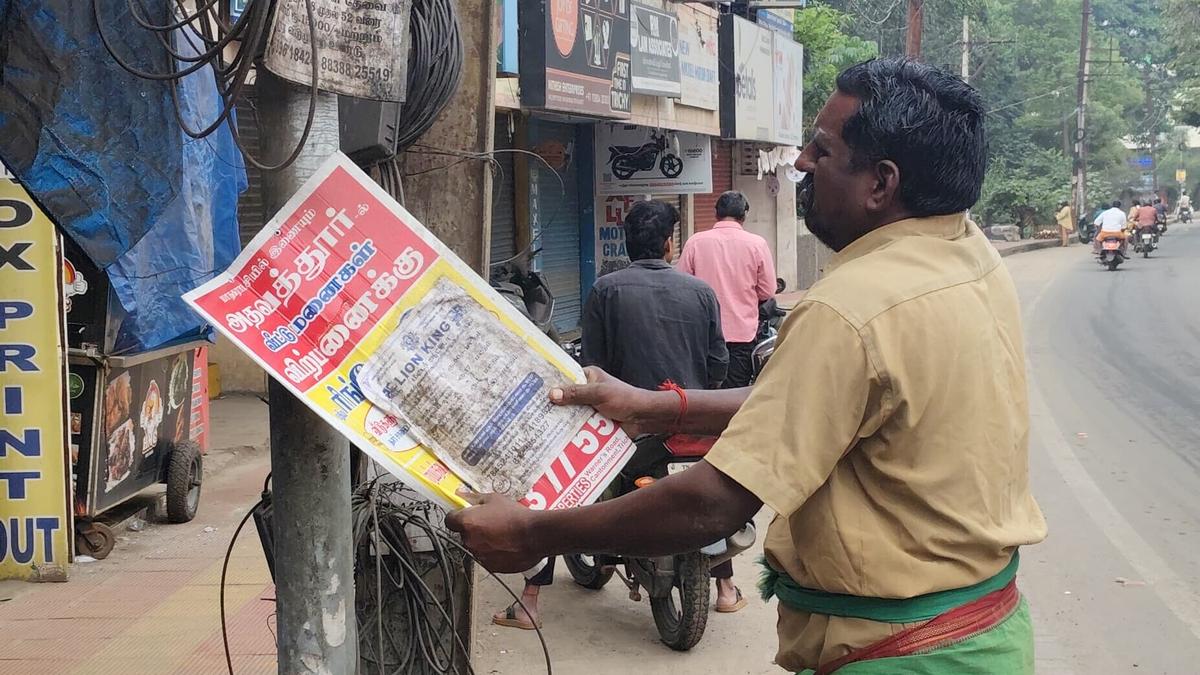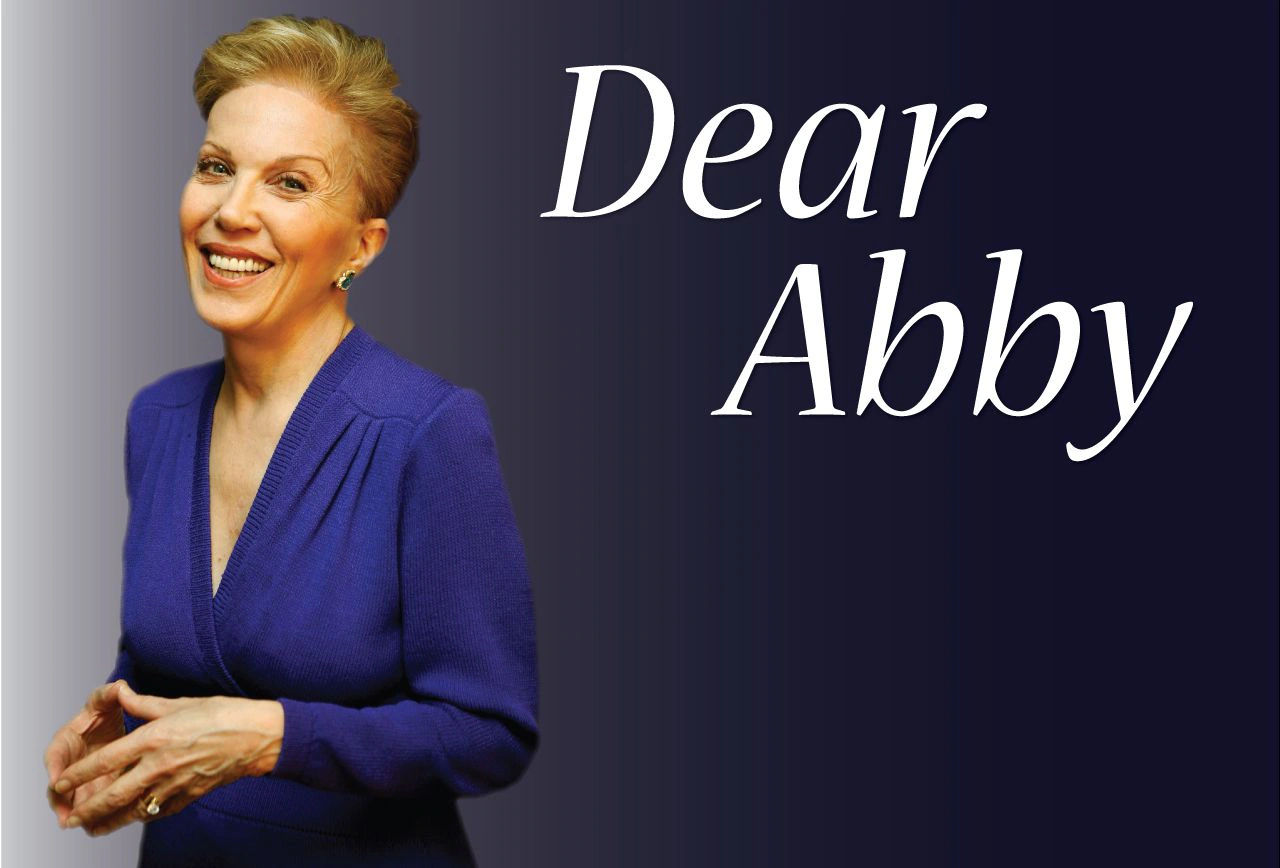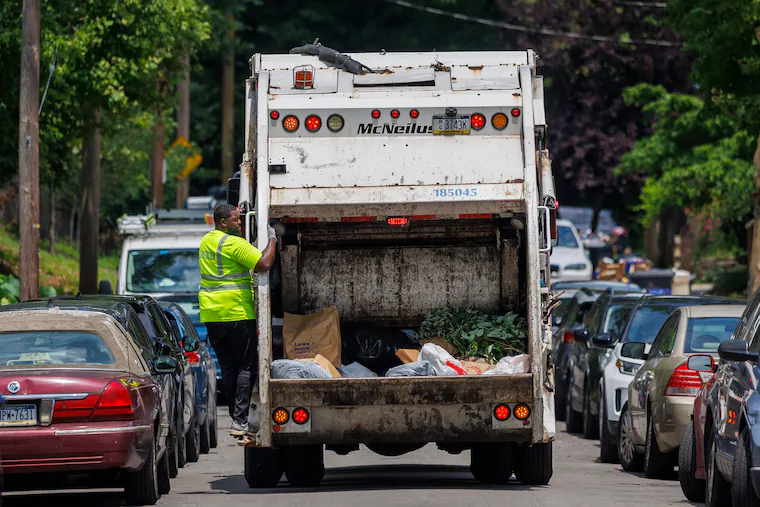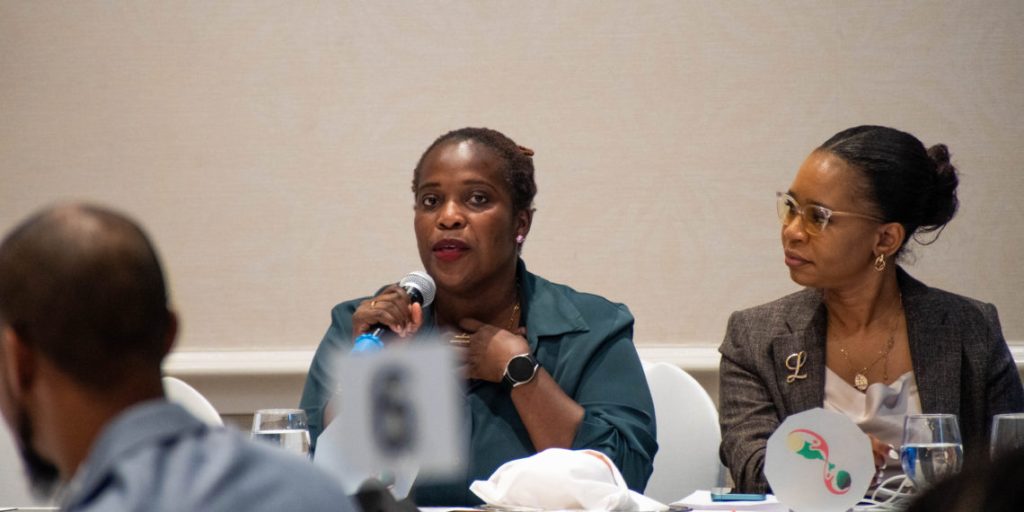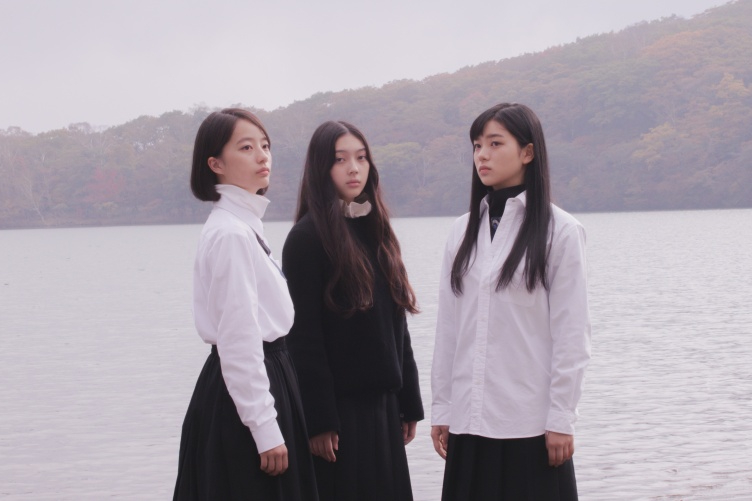
In the opening moments of Yukari Sakamoto’s “White Flower and Fruits,” which premieres in San Sebastián’s New Directors competition, a girl climbs a school tower clutching a strip of white fabric. We cut to Anna, played by newcomer Miro, as she arrive at a Protestant girls boarding school, as a quiet transfer student. Her mother warning her “This school is your last chance.”
Inside a Last Supper painting hangs in an austere room of dark wood chairs and cotton clothed tables: It’s a place that runs on autonomy and discipline. Formal order frames the story of three students whose lives are upended by an act of sudden loss.
Anna is withdrawn and set apart by her ability to see ghosts. Her roommate, Rika (Nico Aoto), is her opposite: admired, graceful, seemingly perfect. During a ribbon dance rehearsal, the lights flicker, “Sorry,” Anna whispers to the wall, acknowledging the presence her classmates cannot perceive. A year passes and Anna remains a loner, with Rika all the more popular but wanting to help her roommate “Isn’t it tiring to not get along with people,” she asks. “Why not try being me?” she offers.
We see Rika climb the tower again. By morning, she has jumped, leaving her ribbon tied to the railing. It is here, after 15 minutes, that the film’s title “White Flower and Fruits” is revealed. Her death reverberates through the school: classmates lie together on the dance hall floor; a Christian funeral is held. Anna discovers Rika’s diary, where trivial notes give way to fragments of the pressures of being the popular one.
From here, the narrative bends toward the spectral. Reading by the river, Anna sees a glowing orb that hovers in her palms before entering her body. She returns changed, smiling, suddenly fluent in dance, though her movements sometimes jerk as if directed by another will. Shiori Rika’s closest friend, played by Anji Ikehata, grows close to Anna while grappling with grief, and doubt.
Sakamoto frames these apparitions within Japanese traditions, where spirits are welcomed home during summer festivals as reminders of continuity. Ghosts, she suggests, are not there to terrify but to connect. Dance, particularly Butoh, becomes another language for what words cannot convey.
“White Flower and Fruits” is produced by Oscar winner Teruhisa Yamamoto’s Chiaroscuro Inc, (“Drive My Car,” “Gannibal”), who first encountered the project through New Directions in Japanese Cinema (ndjc,) a feature initiative run by Visual Industry Promotion Organization (VIPO). Bitters End handles international sales. Joining the young actors are Aoba Kawai, Ryo Iwase, Takako Yamamura, Ayumi Ito, Mitsuo Yoshihara and Mugi Kadowaki. Release in Japan is set for Dec. 26, 2025, with world rights available outside the territory.
Variety spoke with Sakamoto ahead of the world premiere:
The age at which the suicide happens is pivotal for Anna and Shiori, a moment of immense sensitivity and pressure to conform. Do you see this as a story of growth as much as it is about processing grief?
Yes, I think we could also see this film as a story of growth. At the same age as the characters, we were so stubborn — insisting on being who we are, yet so sensitive and open in the sense that even the smallest things could reshape us.
We could see Anna as a character who always speaks her mind frankly, sometimes to the point that feels self-centered. However, through meeting and accepting Rika’s spirit and growing closer to Shiori, she gradually learns to listen to others more attentively and starts to discover what she can do.
On the other hand, by seeing how Anna stays true to herself, Shiori also begins to listen to her own heart, and starts to take a first step towards the life she wants. So yes, we could say it’s a story of two teenagers influencing each other, and growing together.
You’ve said you want young people who feel pressured to conform to see this film. How do you hope different audiences — Japanese, wider Asian, European — will respond to its religious, institutional and supernatural elements?
For me, the one and only way to build an authentic relationship is by connecting people one-on-one. It has to be simply between “me-and-you” rather than “me against the crowd” or “me with someone,” or else I believe we will not be able to know each other profoundly.
Also, during those moments, we must not let our “self” be swept away by the existing set of thoughts or a passing trend. Instead, it is best to face, think and judge everything by oneself — just as Anna did when she faced the unknown, supernatural spirit of Rika.
I truly believe this concept — without connecting one-on-one, we wouldn’t be able to get closer and understand each other’s heart — is a very universal thing regardless of country, religion or what kind of society we live in. And because it’s a timeless idea, no matter what background you are from, no matter if the time may change, I hope you can feel the urge to engage things with your own heart, not being guided by others’ voices but by your own way, just like the bond between Anna and Rika.
Folklore often presents spirits as both unsettling and familiar. How did you draw from those traditions while still grounding the story in the very contemporary issue of teenage suicide?
In Japan, when summer arrives, we welcome our departed ancestors’ spirit into our house and spend time together in the present world. To us, their spirit and their visit don’t bring any terrifying feeling, and these also remind us how two worlds are connected to each other.
Growing up in such an environment, I look at the spirits as something that is very close, as something that is continuous from our world. When people pass away, it’s not the end of it. They are still involved with our reality in some kind of shape and form, and that’s the reason why I believe that we — who are still living here — have no rights to interpret a life of the deceased ones for our own convenience, nor wound their dignity.
Yet I often saw the news reports of teenage suicide that interpret the incident in a gossip-like manner – and I think what is forgotten in such cases is the dignity of the deceased.
You studied philosophy at Sophia University and later trained in editing at Tokyo Geidai. How have those two disciplines shaped your approach to this film’s story, structure and rhythm?
The main concept that I learned at Sophia University is that “Philosophy” is about continuous self-criticism and a lifetime of questioning. So I think this idea somehow shaped the way I create the story, reminding me not to fall into the trap for quick answers, easy solutions nor short-term conclusions.
Later, the main concept that I learned at Tokyo University of the Arts is that “editing” is basically an act of being patient. We have to wait for the right moment where the footage talks back to us.
The only certain thing about filmmaking is that nothing is certain. Things rarely go as planned and it is full of unexpected stuff – and while it made me feel anxious about where this film is heading to, I tried not to force it too much just because it is different from what I imagined in the first place.
I always keep in mind during the editing of this film that we must shape and guide the footage like clay, creating an atmosphere where it is able to breathe most naturally – and it becomes how I created the rhythm of the film. Looking back, I feel like editing and philosophy share a deeply similar process and influence.
We return to dance often in this story, all without music. Why was this thread of movement in the story important to keep returning to?
In this film, Butohis a concept that came up in my mind when I tried to depict things that words and dialogue are not enough to do. I personally like Kazuo Ohno, a legendary Japanese Butoh artist, and am struck by how he linked his presence and mind very intimately with the Butoh itself.
The fact that one person is standing in one place, just being what they are, is the thing that makes everything special and irreplaceable. We are not talking about being good or bad at it, nor about doing it in order to be a part of something else. This is a process of ‘Butoh’ that happens just for one to be themselves. That is why I tried to build sequences and progression in the film that leads towards the ending where Anna, alongside with Rika, can present us with such movements.
The adults in the film seem unable to truly communicate with the girls. Was this gap between generations something you wanted to draw attention to?Yes, it was something I intended. It’s only after growing up that I realized sometimes, many adults who stand in front of children as parents or a teacher – they actually don’t always know how to behave as “adults.” So rather than hiding it, I thought it was better to just show reality as it is – that there are times when adults and kids simply can’t ‘connect’, and invite people to reflect about what we can do in those moments.
However, I later realized this phenomenon might be especially obvious in Japan’s society. There seems to be a strong reluctance towards adults who try to live as individual human beings rather than as “adults” and children who try to live as independent human beings. For example, a teacher stopping by a convenience store could spark complaints in a society, parents are expected to hide family issues from their kids, and children who express their own opinions too freely often get criticized.
I feel like this unspoken undercurrent exists within myself, and perhaps even among the cast.
Is there anything you’d like to add that I haven’t asked?
There was something I hadn’t planned to emphasize when we first began shooting, but only came to realize throughout the process. It’s that in this story, I would be glad if you could pay some attention to the simple gesture of how characters are gazing at something.
I feel that when we take a look at the same thing together, even in the slightest way, there is some connection in that moment. Whether it’s a random glance up at the sky, or watching someone strolling in the park. Those are the moments when we unconsciously and quietly “share” the same view of the world.
What each person feels when they see something can, of course, be completely different. That’s totally fine. But for me, the moment when people are looking at the same thing is the only time when it allows us to be together, even if we hold completely different values.
